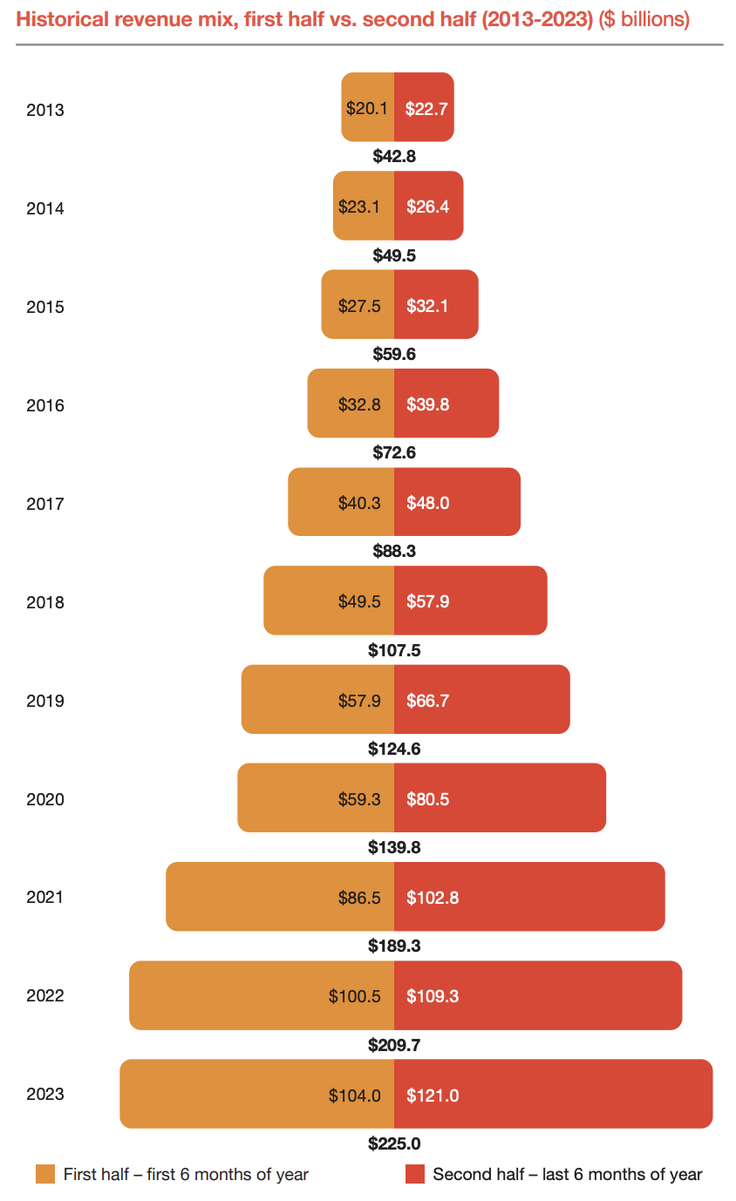It’s difficult to overstate the importance of a first impression when meeting potential clients. A positive one can make you more memorable, making sales down the road more likely. A negative experience can counteract even the strongest arguments you provide in your company’s favor.
As Maya Angelou famously pointed out, people will forget what you said and did, but not how you made them feel. Consequently, little gestures that change your conversation’s tone substantially impact your sales pitch’s efficacy. Here are five simple but effective steps to follow for an unforgettable first client meeting.
1. Mind Your Body Language
Your body language is one of the most critical factors to consider. While the oft-cited idea that 90% of communication is nonverbal is a misinterpretation of popular research, body language still makes a considerable impression.
Your body language should convey confidence and a welcoming attitude. Avoid gestures like crossing your arms, holding your hands in front of you, slouching and fidgeting. These postures can make you seem closed off or unsure of yourself, which are not characteristics your client wants in a business partner.
Instead, sit up straight, maintain appropriate eye contact without staring, smile and use hand gestures when speaking. These motions will make your message easier to remember while showing your client that you’re happy to work with them and take their time seriously.
2. Don’t Dominate the Conversation
Along the same lines of confidence and friendliness, remember to listen more than sell. It can be tempting to talk at length about your company and the benefits of your products or services when trying to secure a client. While communicating that value is important, dominating the conversation may make the other party feel undervalued and ignored.
Let your client guide much of the discussion by asking about their business and the pain points you can address. Practice active listening skills as they speak. Make eye contact for roughly three seconds at a time, nod and let them finish before responding.
Taking a relative backseat in the conversation does two important things. First, it puts the focus on your client and their unique position, helping them feel appreciated and like more than just another sale. Second, it lets you find ways to show how you can meet their specific needs, making a more relevant value statement.
3. Give Them a Personalized Gift
Another effective way to make clients feel valued is to surprise them with a gift. This doesn’t have to be anything extravagant but should be tailored to the specific person. Perform research beforehand to determine their interests and decide on something that appeals to their unique personality.
Personalized gifts prove you’re willing to learn about the client as a person. Consequently, it makes your meeting more memorable and showcases your care and attention to detail as a business partner.
Potential options include treating the client to a meal at their favorite restaurant, custom products from your company or tickets to a home game for their favorite team. Be careful to keep these gifts sensible. The client may feel uncomfortable if receiving a gift that’s too extravagant.
4. Be Transparent
While nonverbal communication and conversation-adjacent measures go a long way, addressing your pitch is also critical. When discussing your services, especially as they relate to the client’s specific needs, it’s important to be as transparent as possible.
Be upfront about costs, fees and timelines. Avoid the temptation to make broad statements about competitors that may not be factually accurate. While this may seem to counteract your sales argument, the transparency will likely be a welcome change of pace for your client.
Transparent cost information is the most important characteristic of a company website to 25% of B2B buyers, more than any other most-cited factor. Moreover, 94% refer to customer testimonials before buying, suggesting they don’t take companies’ statements at face value. Being open about relevant issues will address that gap and emphasize your honesty as a business.
5. Follow Up
Remember to follow up after meeting with your client. While this isn’t strictly part of your initial impression, it shows you remember the meeting and demonstrates commitment to their needs.
After roughly a week, reach out to the prospective client again. You can call, email, or send them a letter depending on their preference and the formality of your conversation, which can vary. Make this correspondence more memorable by referring to points or small talk in your initial meeting. It’s also best to refer to your client by name, as this makes people feel validated and shows you see them as a person, not a business.
In some cases, this follow-up presents an opportunity to dive back into the conversation and answer more questions they may have. In others, it may be enough to send a gift as a thank-you for their time. Either way, you show you appreciated the meeting and make another point of contact, increasing your memorability.
A Great Impression Is the Result of Little Details
Grand gestures or massive mistakes will certainly impact the memorability of your client meetings. More often than not, its success hinges on the culmination of subtler details. These five steps will help you get these smaller matters right to better your chances of a long-lasting business relationshi







